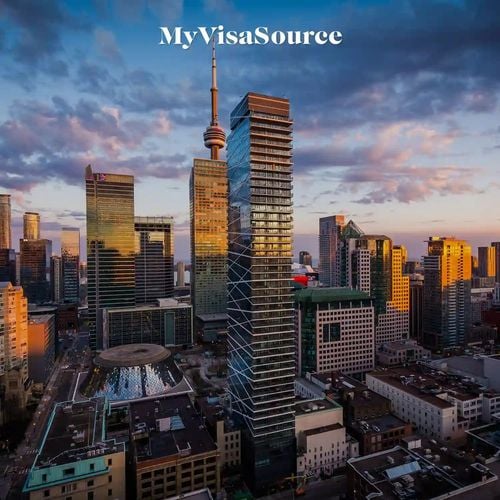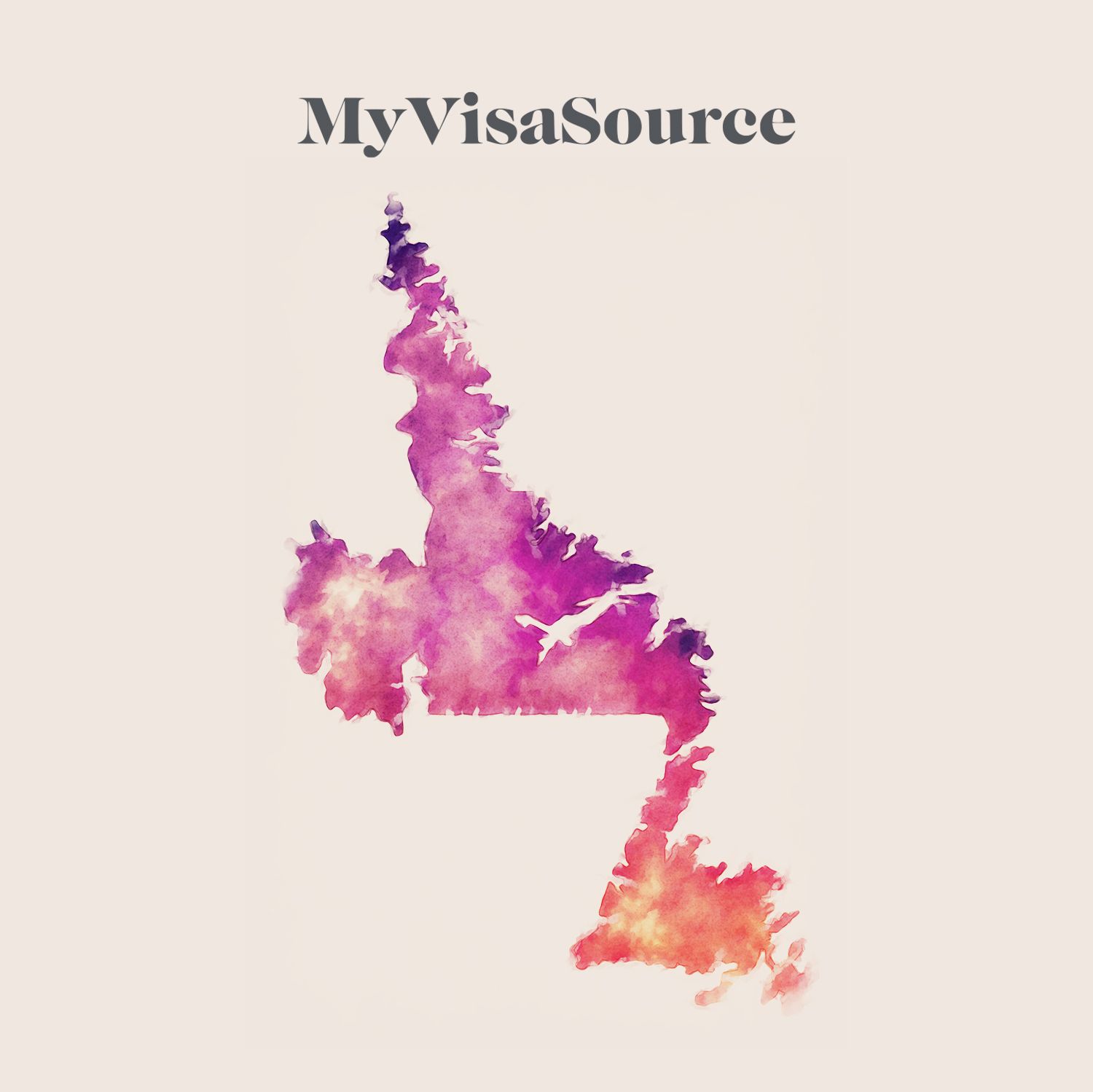Newfoundland and Labrador is a unique province on the east coast of Canada. The province is made of islands and has a small population of just over 5,000 people. They majorly reside on the Avalon Peninsula. St. Johns is the capital city of Newfoundland and Labrador.
The province offers an excellent quality of life that is also affordable. The cost of living is lower than the national average. It is the best place to live for its history and culture, modern transportation system, low crime rate, and beautiful scenery. Newfoundland and Labrador have a worldwide reputation for being friendly places. It has clear air, fresh water, and wide-open spaces.
What Is the Quality of Life in Newfoundland and Labrador?
While the average housing income is lower than the national average, the minimum average wage is at $11/hour. The housing and heating costs are also economical. That means the overall living cost is very affordable.
The province also has the lowest housing prices in Northern America. However, that does not mean that the area is not developed. Most cities and towns have access to modern amenities and there is public education and universal healthcare for permanent residents and citizens.
How Is the Economy in Newfoundland and Labrador?
The economy of Newfoundland and Labrador primarily depends on its excellent fisheries and forestry. In addition to that, there is the mining industry, especially iron ore and oil. The province provides for almost 50% of Canada’s iron supplies. 20% of the economy depends on the offshore oil rigging industry.
There are many employment opportunities for skilled professionals, tradespeople, and academics. There are also opportunities for software developers, engineers, and consultants. The province requires foreign workers to meet the demand for skilled professionals in the expanding industries.
What Are the Demographics of Newfoundland and Labrador?
The residents of Newfoundland and Labrador are fondly known as ‘Newfoundlanders’ and ‘Labradorians.’ The province holds a multicultural community with people identifying as English, Irish, Scottish, South Asian, Chinese, and Aboriginal people. The province consists of predominantly English speakers. The majority religion is Protestant at 59.7% and Catholic at 36.3%. There are only around 2000 French speakers in the province.
St. John’s, the capital city, is home to over 150,000 people with the public sector being the largest employer in the city.


















